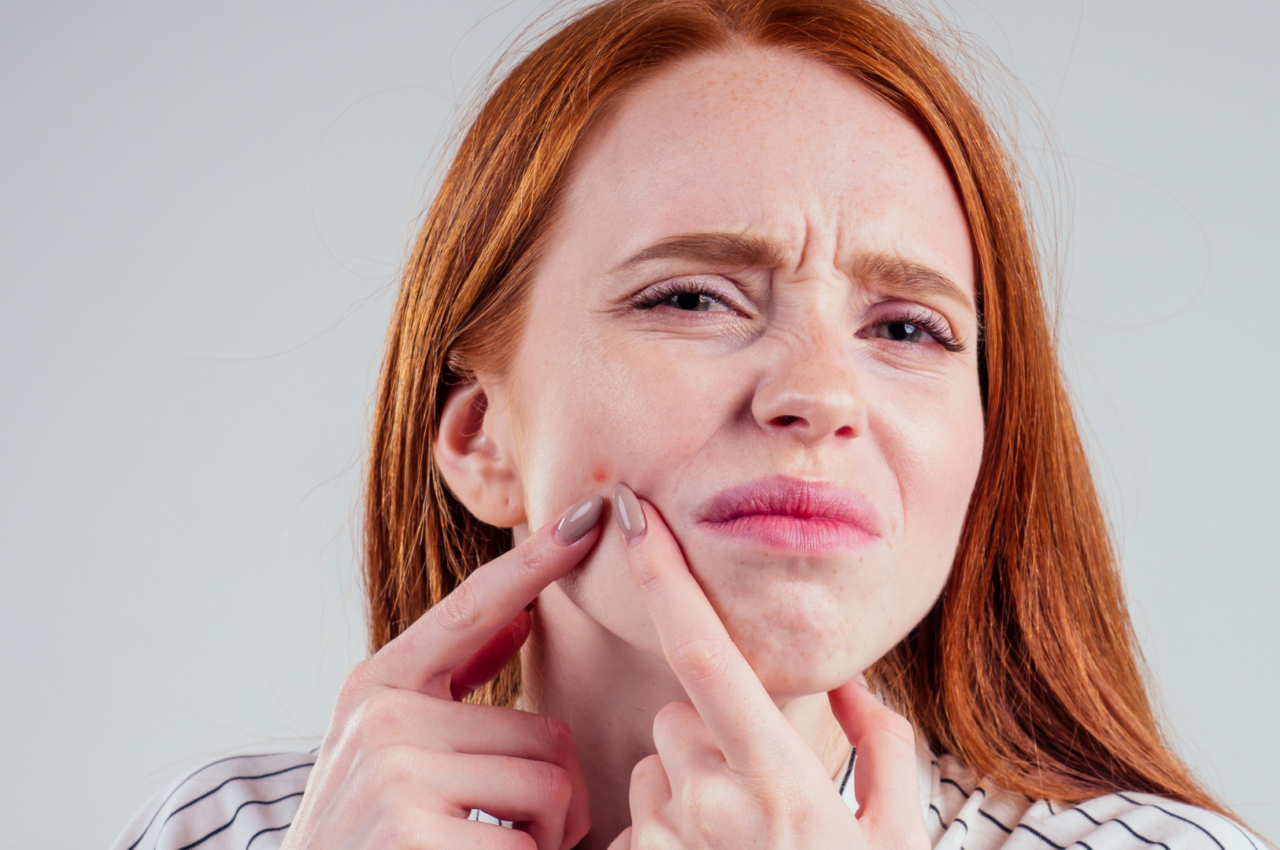Have you ever had a pimple or blemish that leaves your skin looking red or discolored even after it’s long gone? This is a common struggle for those with sensitive skin, like redheads. Well, there’s actually a common skincare ingredient you can use to help fight this redness and leave your skin more even-toned. This ingredient is called azelaic acid.
What is azelaic acid?
Azelaic acid is what is known as a tyrosinase inhibitor. This means it inhibits the production of melanin in the skin. Tyrosinase inhibitors like azelaic acid can be used to fight hyperpigmentation and discoloration of the skin.
Azelaic acid has anti-inflammatory and antibacterial properties and is known for its effectiveness in treating acne and rosacea. Additionally, azelaic acid is used to brighten the skin, reduce hyperpigmentation, and improve overall skin texture. Always consult a dermatologist or healthcare professional before incorporating any new skincare product into your routine.
Is azelaic acid sensitive-skin, redhead-skin safe?
Azelaic acid is safe for sensitive skin and is often used to treat rosacea. Azelaic acid should be paired with a hydrating moisturizer to help avoid any dryness. Prescription-strength azelaic acid may not be suitable for sensitive skin, but over-the-counter (10% strength or less) is recommended.
Some people with sensitive skin may experience mild irritation or redness when using azelaic acid, so it’s essential to patch test the product on a small area before applying it to your entire face.
As for redhead skin, it’s not that there’s a specific concern related to the use of azelaic acid for people with red hair. Redheads, like anyone else, can have various skin types and sensitivities. So, it’s essential for redheads, just like anyone else, to assess how their skin reacts to the product during a patch test.
If you have concerns about using azelaic acid or any other skincare product, it’s always a good idea to consult with a dermatologist or skincare professional who can provide personalized advice based on your specific skin type and needs.
How to use azelaic acid
Azelaic acid can be applied to the face in a light layer 1-2 times per day to help fight discoloration and redness. It should be topped with a moisturizer to help keep the skin hydrated. It can also be used to spot-treat problem areas.
When using azelaic acid, follow these general guidelines:
1. Patch Test: Before applying azelaic acid to your entire face, do a patch test on a small area of skin to check for any adverse reactions or sensitivities.
2. Cleanse and Dry: Start with a clean and dry face. Wash your face with a gentle cleanser and pat it dry before applying the product.
3. Pea-sized Amount: Use a small amount of azelaic acid, usually a pea-sized or less, and apply it to the areas of concern or your entire face if that’s your intended use.
4. Spot Treatment or Full Face: You can use azelaic acid as a spot treatment on specific areas with blemishes, or apply it evenly to your entire face, depending on your needs and the product’s instructions.
5. Avoid Eye Area: Be cautious not to get the product too close to your eyes, as it may cause irritation.
6. Layering and Frequency: If you have a multi-step skincare routine, apply azelaic acid after cleansing and before moisturizing. Follow the specific instructions on the product’s packaging for frequency of use, as it can vary depending on the concentration of azelaic acid in the product.
7. Sunscreen: Azelaic acid may increase your skin’s sensitivity to the sun, so always apply sunscreen with at least SPF 30 during the day to protect your skin.
8. Patience: Results may not be immediate, so be patient and consistent with the use of azelaic acid to see its full benefits.
When using azelaic acid, it’s essential to choose a moisturizer that complements its effects and provides hydration without causing irritation. Look for moisturizers that are gentle, non-comedogenic, and suitable for your skin type. Here are some general recommendations:
1. Oil-Free Moisturizer: Opt for an oil-free moisturizer if you have oily or acne-prone skin. These moisturizers provide hydration without clogging pores.
2. Non-Comedogenic Formula: Choose a moisturizer labeled as “non-comedogenic” to minimize the risk of pore blockages and breakouts.
3. Hyaluronic Acid-based Moisturizer: Hyaluronic acid is an excellent hydrating ingredient that can help retain moisture in the skin.
4. Fragrance-Free and Hypoallergenic: Avoid moisturizers with added fragrances or harsh ingredients that may cause irritation, especially if you have sensitive skin.
5. Ceramide-rich Moisturizer: Ceramides help restore the skin’s natural barrier, which can be beneficial when using azelaic acid, as it may sometimes cause mild dryness.
6. Gel or Lotion Formulas: Lightweight gel or lotion textures are often well-tolerated and suitable for various skin types.
7. Avoid Strong Active Ingredients: When using azelaic acid, it’s generally best to avoid using other strong active ingredients at the same time, as this may increase the risk of irritation.
‘Redhead-Friendly’ Approved Azelaic Acid Products:
The Ordinary Azelaic Acid Serum
Paula’s Choice 10% Azelaic Acid Booster
Peach Slices Redness Relief Azelaic Acid Serum
Naturium Azelaic Topical Acid 10%, Plus Niacinamide & Vitamin C
Rock it like a Redhead!
RELATED POSTS
READ: Redhead With Acne? What Pimples Really Mean, According to Science
READ: How Redheads Can Prevent Acne & Pimples: 4 Tips to Avoid Breakouts



